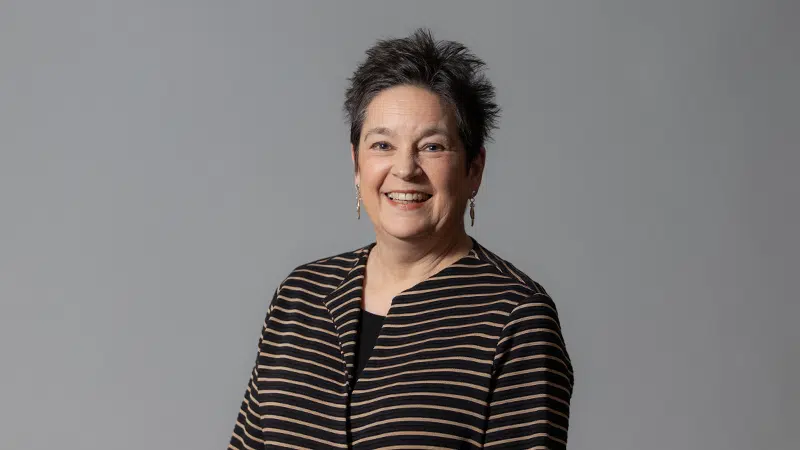
From the Director’s Desk
Happy New Year 2020! Welcome Back!
This month, we celebrate pride and joy at work!
I recently read an article by Brian de Haaff in which he wrote about the myth of ever truly being able to find work-life balance. He is completely opposed to trying to achieve something that he considers to be unachievable. The author believes that there is no meaningful threshold that separates work from life. To him, work is life, and life is work. Therefore, harmony, not balance, is what we should aim for, and joy should be at the center of this quest.
To find joy at work takes leadership, true. But it also takes individual desire – desire to triumph, be happy, make tomorrow better than today, and help others do well. It takes an optimistic mindset. If you want happiness in your whole life, you must make room for joy at work.


